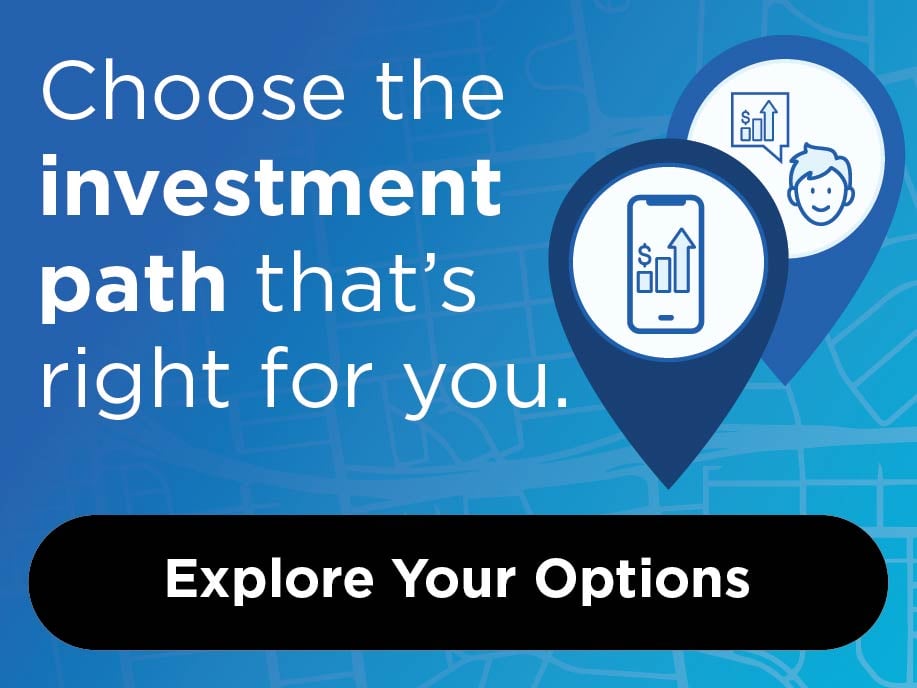
Budgeting is one of the foundational financial topics that everyone should know. A budget is simply a plan for how you will allocate the money you make each month.
Whether you’re starting a budget for the first time or picking it back up, budgeting can help you make smart financial decisions and progress toward your financial goals. Once you find a budgeting method that works for you, it will be just another part of your daily routine.
How to Start Budgeting
Have Goals
Set a realistic goal that will motivate you to keep your budget on track. When you know your why, budgeting becomes easier if things get tough in the short-term or long-term. It’s okay for your goals to change depending on your life stage or certain needs that may arise. Common goals are building an emergency fund, paying off debt, or saving for a large purchase.
Find Your Budgeting Method
There isn’t a one-size-fits-all budget that works for everyone. No matter which budgeting strategy you pick, it starts with a plan and adapting it as necessary to reach your goals.
Zero-Based Method
Using the zero-based budgeting method, you plan your spending by taking your total monthly income and allocating it to your budget categories until you have $0. The premise of this system is that you find a job for every single dollar, even if that job is savings or debt payoff. This is a good method for someone who is detail-oriented and disciplined.
If you find you’re overspending in a certain category, you’ll need to adjust another category to compensate. Zero-based budgeting requires a new budget each month because some expenses may change month-to-month.
50/30/20 Method
This method is budgeting by percentage. You allocate 50% of your budget to needs such as housing, insurance, and transportation. 30% of your income goes toward wants, which can be eating out, shopping, or travel. And finally, 20% of your income goes toward savings and debt. This is a popular budgeting method, but likely not ideal for people with significant debt to pay off.
Envelope Method
With the envelope method, you have an envelope for each spending category. Inside each envelope is the cash available to spend for the current month. When the envelope is empty, you’re done spending in that category for the month. This method helps you stay accountable and may help cut back on impulse buying. Keep in mind this method doesn’t consider online shopping or online bill payments, but the envelope method can be used in conjunction with other types of budget methods.
Pay-Yourself-First Method
The pay-yourself-first budgeting method is also known as reverse budgeting. Using this method, figure out how much you want to pay yourself each month, meaning how much you want to put toward your savings and goals. From there, you can allocate whatever is left. While you can choose how much to pay yourself first, most people set back 10-20% of their income. If money is tight, this is not an ideal budget because it’s not detailed enough.
Helpful Ways to Make Budgeting Easier
- Create lists. Begin with your after-tax income and expenses. For your expenses – it helps to make two different categories: fixed expenses (your mortgage or rent, your car payment, insurance, etc.) and variable expenses (utilities, groceries, gas, entertainment, etc.). When money is tight, look at your variable list and start cutting back there.
- Include “fun money” into your budget. You will have something to look forward to each month and you’ll be encouraged to view your budget as contributing to your life enjoyment instead of preventing it. Being too conservative on entertainment expenses can often result in overspending.
- Review and update your budget and goals regularly, preferably at the same time every month. It is helpful to set a specific date and time on your calendar. When you have a date planned, it’s more likely that you will hold yourself to it. It’s also important for couples to budget together, so everyone is on the same page.
- Set up savings automation so you don’t have to remember to move money into your savings. Assigning nicknames to savings accounts like “holiday savings” or “vacation savings” can be encouraging to reach your goals.
- There are many budgeting apps on the market to help you plan your spending and track your expenses throughout the month. But not all budgeting apps are created equal. Look at some of the top-rated apps and investigate which settings work best for you.
- Add a “miscellaneous” category to your budget. This way, you won’t have to take away from another category when something unexpected inevitably pops up. It ensures you have extra money on hand if another category ends up being more than planned.
No matter which budgeting method you choose, the key to managing your money is making it a habit. Start your free customized budgeting plan with one of CommunityAmerica’s Financial Well-Being Coaches. Our Coaches offer expert guidance on budgeting, improving your credit score and managing debt.




